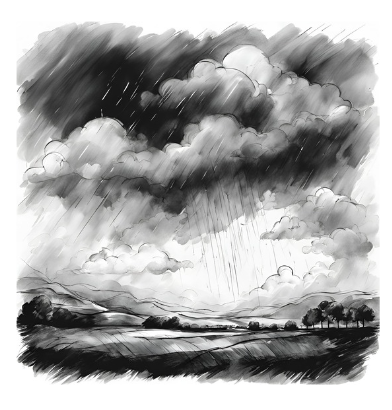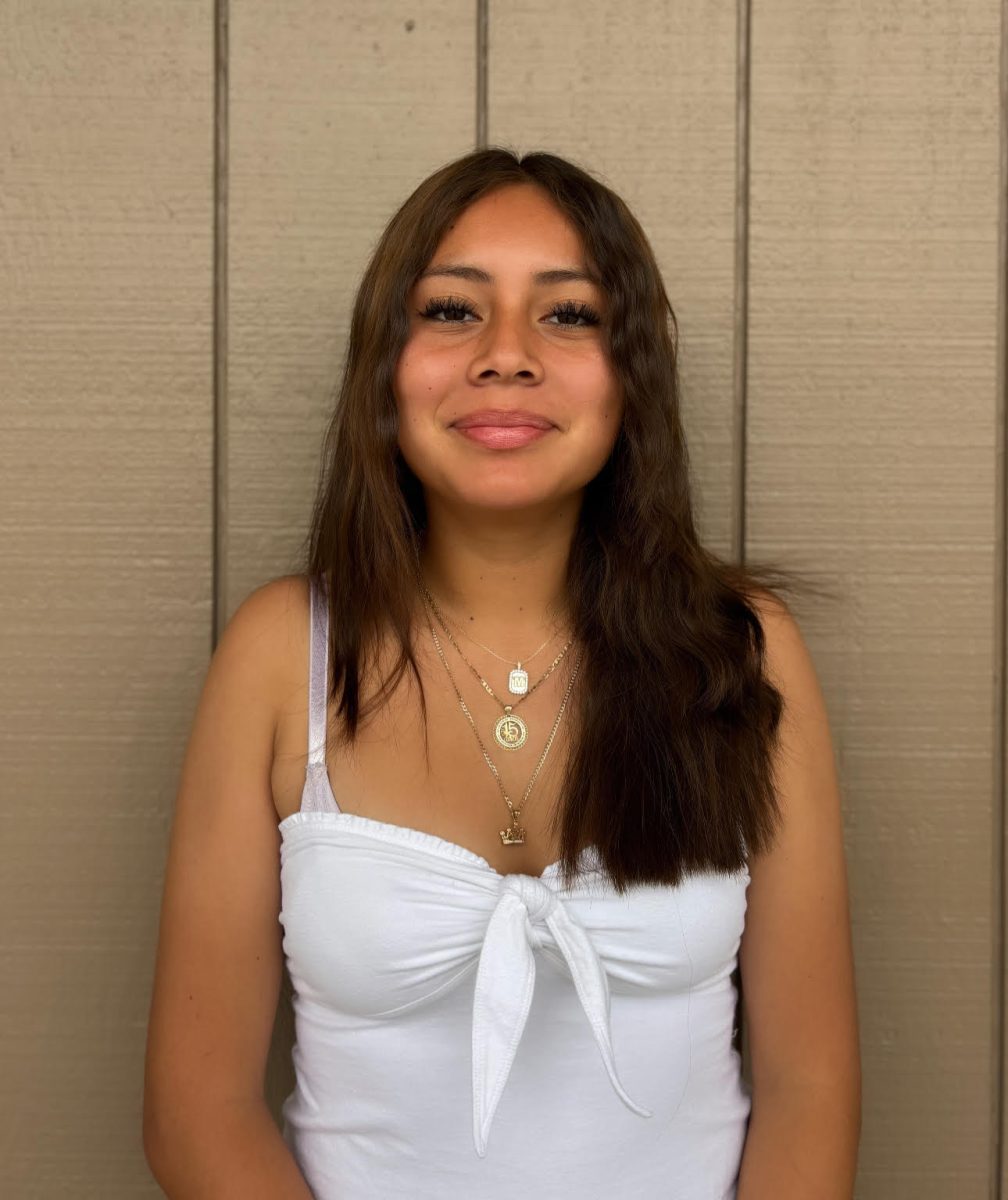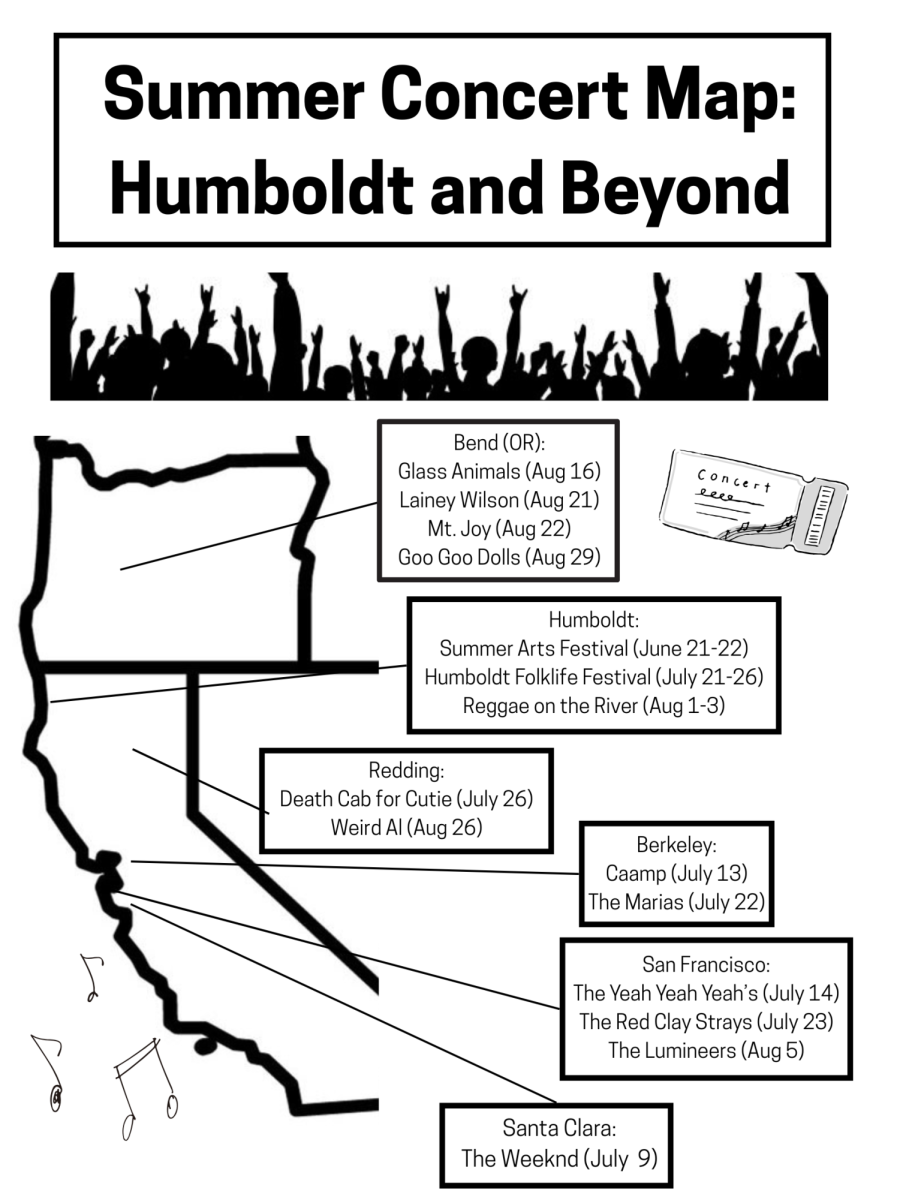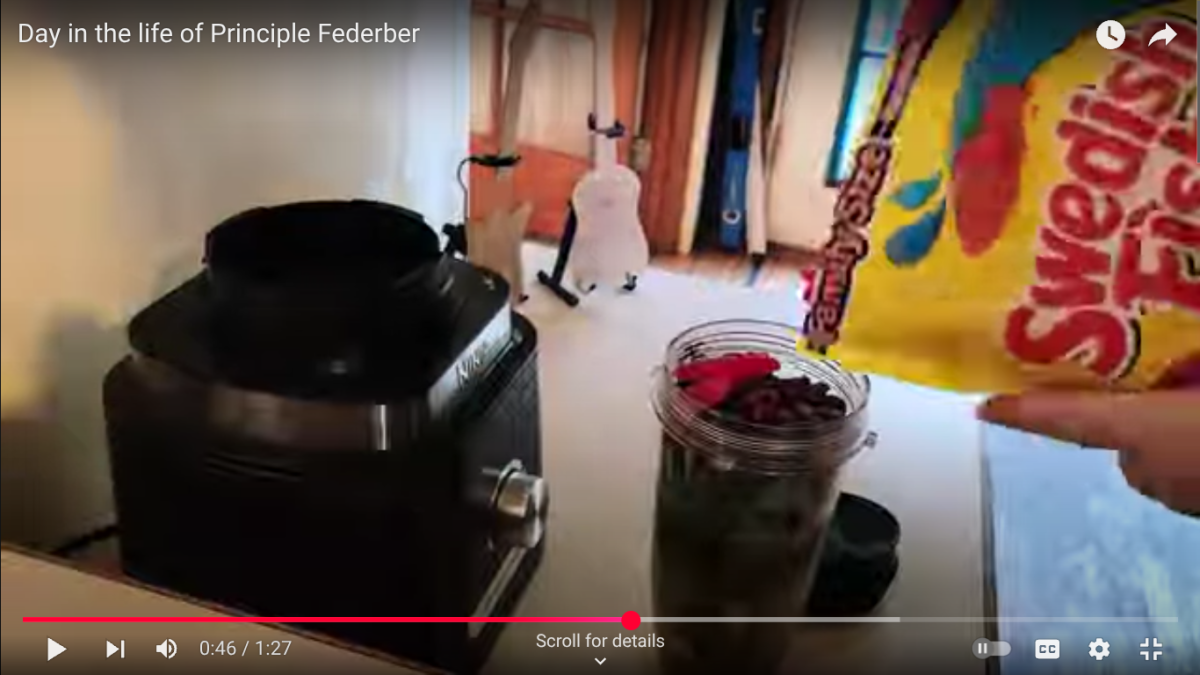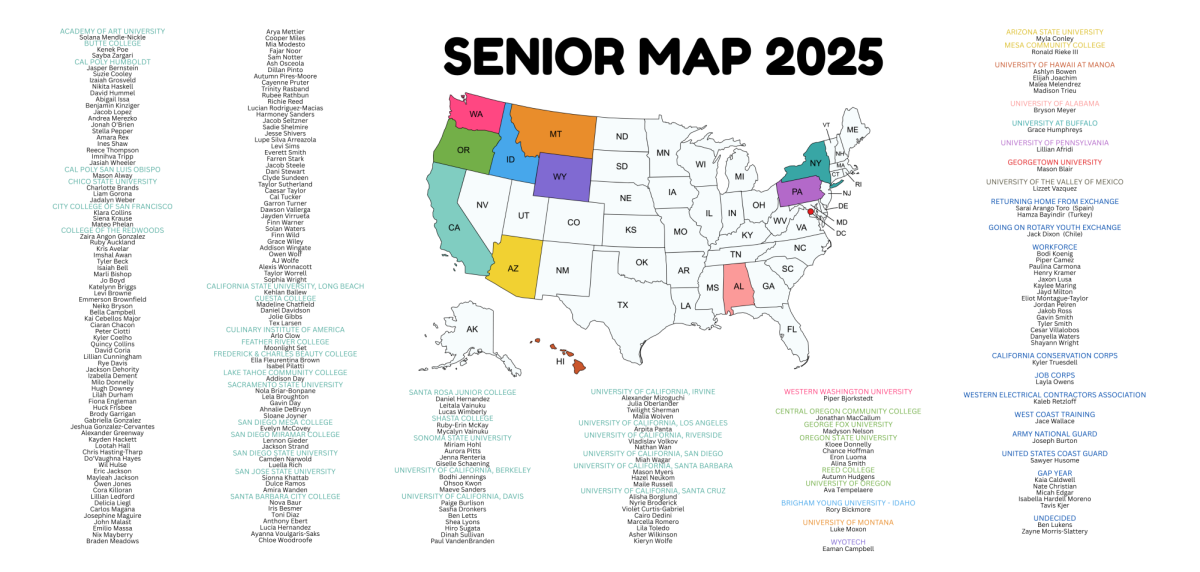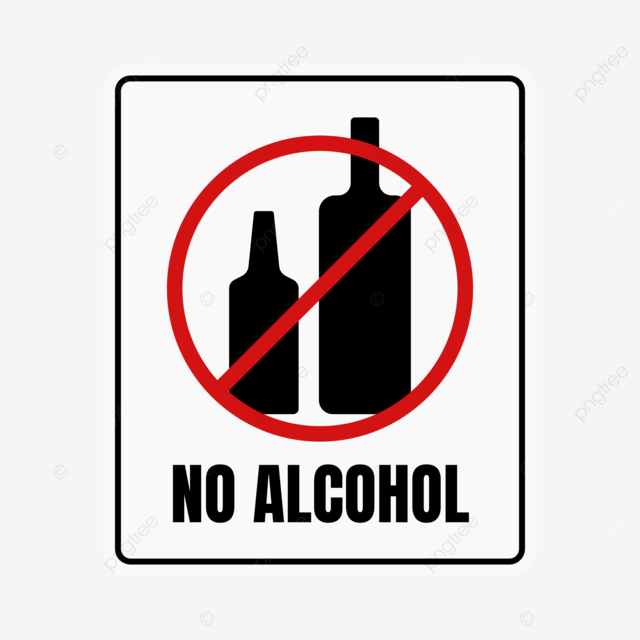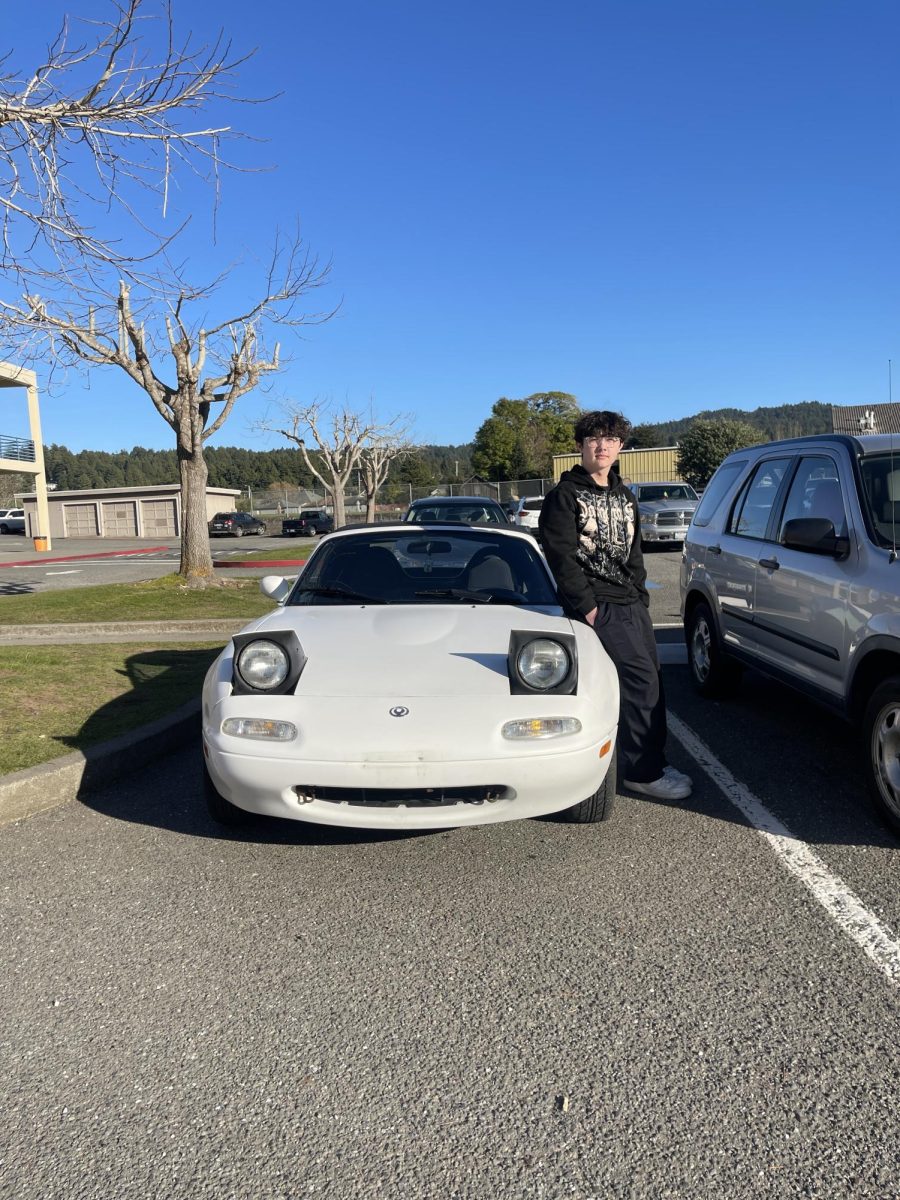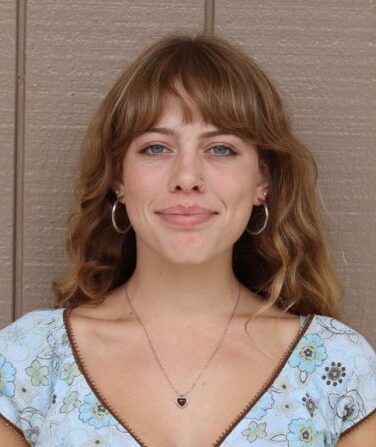Waking up to a gray sky in place of sunshine is known to put a damper on the day. A lesser-known fact is that insufficient exposure to sunlight may cause chemical changes in the brains of certain people. These changes are linked to Seasonal Affective Disorder (SAD).
Days with dreary weather are all too common in Humboldt County, particularly during the winter months. Although some embrace it, the decrease in the amount of sunlight can be detrimental to the mental health of many.
“Everything’s darker outside and I feel like my mood goes down with the weather,” Gillian Downey, Sophomore, said. “With school, and all the things we have to deal with, it just brings me down.”
With holiday stress and homework piling, it is common to experience some sort of slump in the winter. These symptoms should not be overlooked though, because they might be something more extreme.
The terms “winter blues,” and SAD are used interchangeably, yet there are important distinctions between the two. Winter blues entails feelings of sadness, but an overall ability to function. It also has a higher possibility of being linked to alternative stressors that come with the season, such as holidays and family. SAD occurs when the feelings of sadness and listlessness overwhelm an individual, inciting social withdrawal and depression in a frequent seasonal pattern.
“I would explain it as this lack of productivity,” Malia Wolven, senior, said. “It kind of feels like when it’s really late at night and you have a ton of homework to do but it’s dark and you just want to go to bed and sleep.”
High school conditions can be extremely stressful to students, many of which report feeling initial signs of SAD during their freshman year. Long hours are spent seated in classrooms, and personal time is also often spent inside to complete000 homework or simply escape the bad weather.
“It’s been happening to me for about two years now, since the beginning of high school,” Downey said. “On weekends I sleep in late so I’m just avoiding all my homework.”
After the “fall back” time changes, students find themselves getting home after dark, and lacking motivation. Trying to manage a balance of social life, school, and sleep can be a struggle for the average teenager, and for someone with SAD, it can be virtually impossible.
Despite being relatively common, the general population only has a vague understanding of what seasonal depression is. A reported 4-6 percent of people in the United States suffer from SAD.
“A lot of people don’t recognize what seasonal depression is, and you can’t explain it, so you just keep it in you,” Wolven said. “It makes you feel like you’re dragging down the people around you, even though a lot of those people are struggling with the same thing.”
Research states that sunlight can help regulate normal levels of serotonin. Insufficient sunlight can prevent this regulatory activity in the brain. In addition, deficiency in Vitamin D can worsen symptoms of SAD. Understanding how the brain works in regards to SAD can bring some awareness to it, though some still don’t know that SAD even exists. People who don’t understand this condition might give out unsolicited or unhelpful advice.
“The worst advice I’ve gotten is people telling me to ‘just make more time to do my work,’ or ‘just make more time to hang out with my friends,” Downey said. “I can’t just do that.”
Still, individuals can take preventative measures to combat symptoms of SAD. Doctors recommend spending time outside, getting as much sunlight as possible, exercising, and trying to keep stress levels low. Pathways can be found through the school and community if outside help is needed from an Arcata High Student. By opening a conversation about SAD, people might gain a better explanation for their mental health.
